Big Sur Jade is a rare and unique gemstone found only in the Big Sur region of California. This beautiful green stone has long been cherished for its vibrant colors and mesmerizing patterns. As one of the most sought-after gemstones in the world, Big Sur Jade has become a prized possession for collectors and enthusiasts alike. In this blog post, we will delve into the origins and types of Big Sur Jade, as well as explore the best ways to explore and collect this stunning stone.
Big Sur, California, is home to some of the rarest and most beautiful jade in the world. For centuries, jade has been a revered stone in many cultures for its healing properties, spiritual significance, and aesthetic beauty. Big Sur jade has a unique history and characteristics that make it particularly prized among collectors, jewelry makers, and artisanal craftsmen.

The Origins of Big Sur Jade
Big Sur jade is a unique type of jade whose origins can be traced back to the Franciscan Complex, a formation of rocks that runs along most of the California coast. The complex consists of a wide range of rocks, including metamorphic rocks, such as quartzite and schist, and igneous rocks, such as granite and basalt, which are responsible for creating the jagged coastline and rugged terrain characteristic of Big Sur.
Big Sur Jade, also known as Jadeite or California Jade, is found only in California. The Big Sur coastal region in Central California is home to some of the best jade in the world. The origin of Big Sur Jade dates back to over 300 million years ago, when an earthquake hit the region, and molten rock and minerals were forced upwards. The high-pressure and high-temperature conditions of the earthquake caused the jadeite to form.
Big Sur Jade was first discovered in the 1960s, when a group of geologists found a deposit of the stone while exploring the rugged coastline of Big Sur. It is believed that this beautiful gemstone was formed millions of years ago, as a result of volcanic activity in the area. Over time, the stone was slowly eroded by wind and water, creating the unique patterns and shapes that are now synonymous with Big Sur Jade

Types of Big Sur Jade
There are several different types of Big Sur Jade, each with its own distinct color and pattern. These include:
Big Sur Bubble or "Botryoidal" Jade: This type of Big Sur Jade is characterized by its rounded, bubble-like texture. It is often found in shades of blue and green, and is highly sought after by collectors for its unique shape and color.

Big Sur Green Jade: This type of Big Sur Jade is characterized by its rich, vibrant green color. It is the most commonly found type of Big Sur Jade, and is highly prized by jewelry makers and collectors alike.

Big Sur Blue Jade: This type of Big Sur Jade is characterized by its deep, rich blue color. It is less commonly found than Big Sur Green Jade, and is highly valued for its rarity and beauty.

Vulcan Jade: This type of Big Sur Jade is characterized by its deep, dark green color, and is often found with intricate patterns and markings. It is one of the rarest types of Big Sur Jade, and is highly prized by collectors and enthusiasts.

Exploring and Collecting Big Sur Jade
One of the best ways to explore and collect Big Sur Jade is to visit the Big Sur Jade Festival. This annual event, which takes place every October, brings together collectors, enthusiasts, and artists from around the world. Visitors can browse through a stunning collection of Big Sur Jade specimens, as well as learn about the history and geology of the area.
Big Sur jade can be found along the beaches, tide pools, and rocky cliffs of Big Sur. The best time to collect jade is during low tide when the rocks and beach are exposed. It is important to note that while collecting jade is legal, it is crucial to respect the natural habitats and not disturb the marine life or natural environment. Collectors should also be mindful of any local or state regulations regarding the collection of jade.
If you want to try jade hunting on your own, here are some tips to keep in mind:
1. Research the area before you go and obtain any necessary permits or permissions.
2. Look for areas where recent landslides or rockfalls have occurred. These areas are likely to have exposed jade rocks.
3. Bring the right tools, including gloves, trowels, and hammers. Be careful not to damage the jade.
4. Keep an eye out for signs of jade, such as green or blue rocks with a waxy texture.
5. Respect the environment and leave no trace behind.

Big Sur Jade Festival
The Big Sur Jade Festival is an annual event that takes place every October in the town of Big Sur, California. This three-day festival celebrates the natural beauty and rich history of Big Sur Jade, and brings together artisans, collectors, and enthusiasts from around the world. Visitors can browse through a stunning collection of jade specimens, as well as participate in workshops, demonstrations, and talks about the geology and history of the area.

Big Sur Jade Hunting Tips
If you're interested in exploring Big Sur Jade on your own, there are several tips to keep in mind. First, it is important to do your research and learn about the geology and history of the area. Second, it is important to be respectful of the environment by avoiding any damage to the natural beauty of the area. Third, it is important to wear the necessary safety gear, such as gloves and eye protection. Finally, it is important to have the necessary tools and equipment, such as a rock hammer, chisel, and backpack for storing your specimens.
If you’re planning on collecting jade in Big Sur, here are a few tips to keep in mind:
- Always respect the natural environment and wildlife. Take only what you need and be mindful of your surroundings.
- Wear sturdy shoes with good traction to navigate the rocky terrain.
- Bring plenty of water and sunscreen as the sun can be intense.
- Use a trowel or hand rake to sift through the rocks and sand to find jade stones.

Conclusion:
In conclusion, Big Sur Jade is a unique and beautiful gemstone that is highly prized by collectors and enthusiasts around the world. Whether you're interested in exploring the natural beauty of the area or collecting your own specimens, there is much to discover and enjoy about Big Sur Jade. From its origins in volcanic activity to the stunning colors and patterns of its different types, this gemstone is truly a wonder of nature. So why not plan a visit to the Big Sur Jade Festival or explore the beauty of the area on your own? You never know what treasures you might uncover.
Big Sur jade is a unique and beautiful stone with a rich history and abundance of natural beauty. Whether you’re a collector, jewelry maker, or just enjoying nature, Big Sur jade is an unexpected treasure waiting to be discovered. By respecting the natural environment and following proper guidelines for collection, everyone can enjoy the beauty of Big Sur jade.


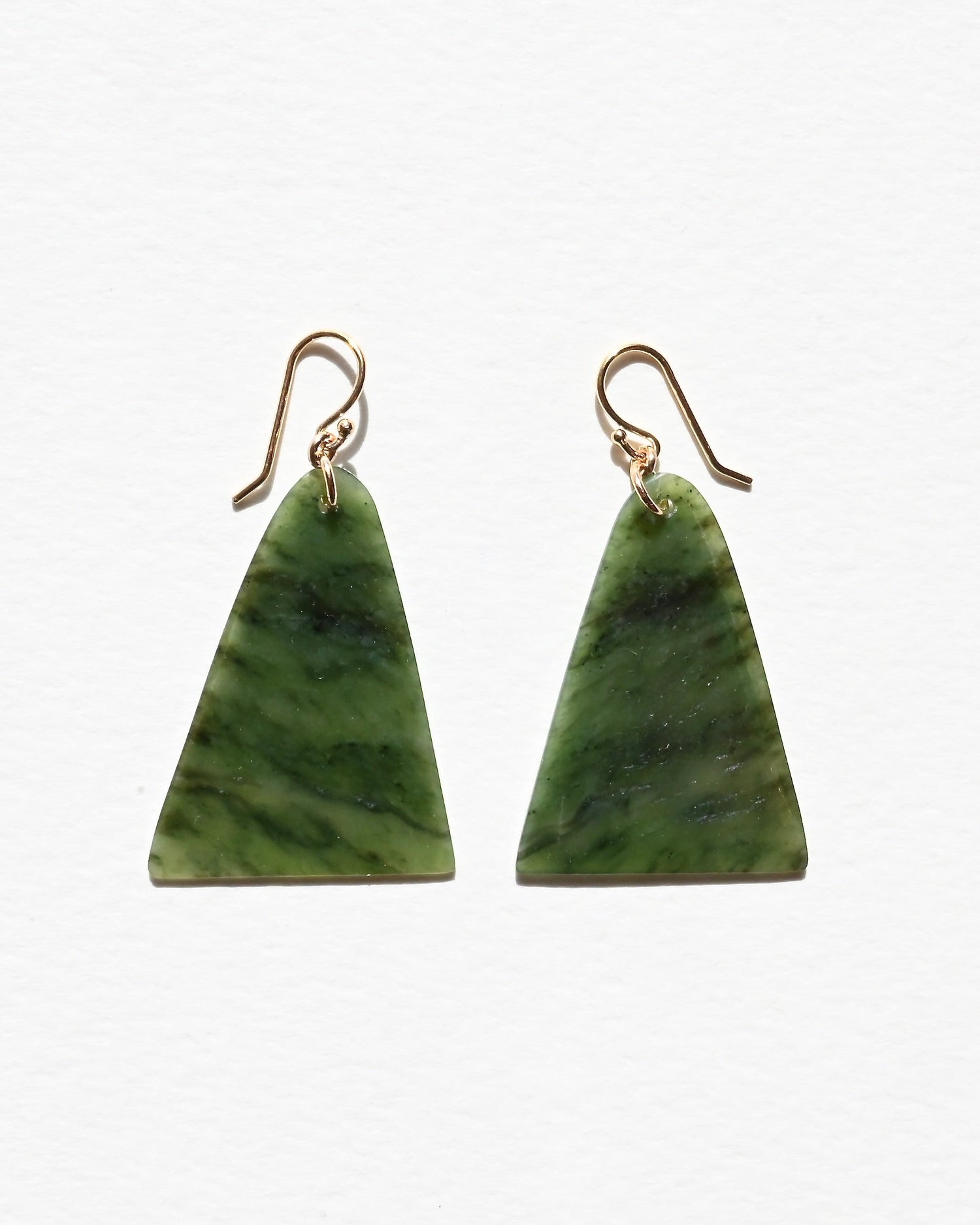

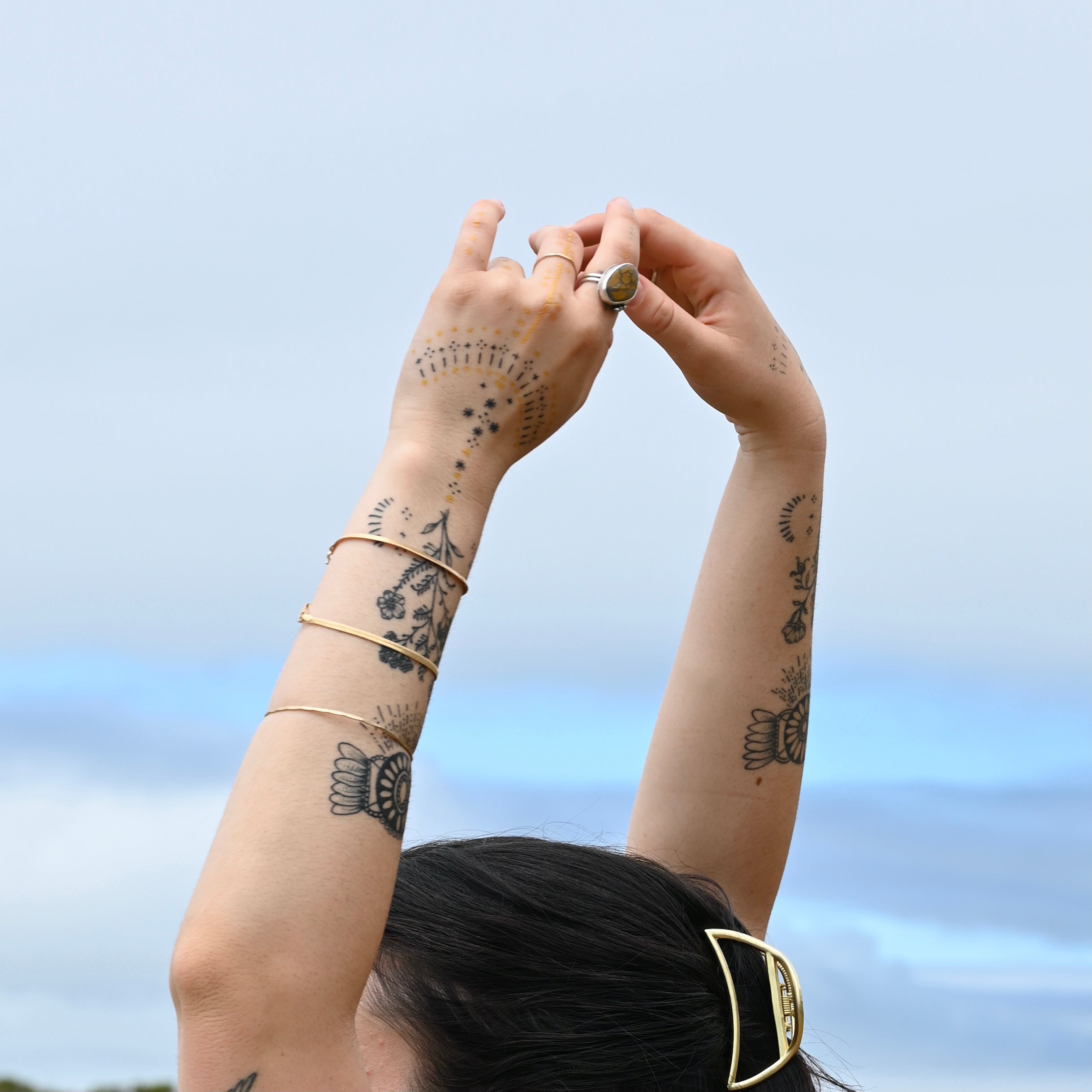

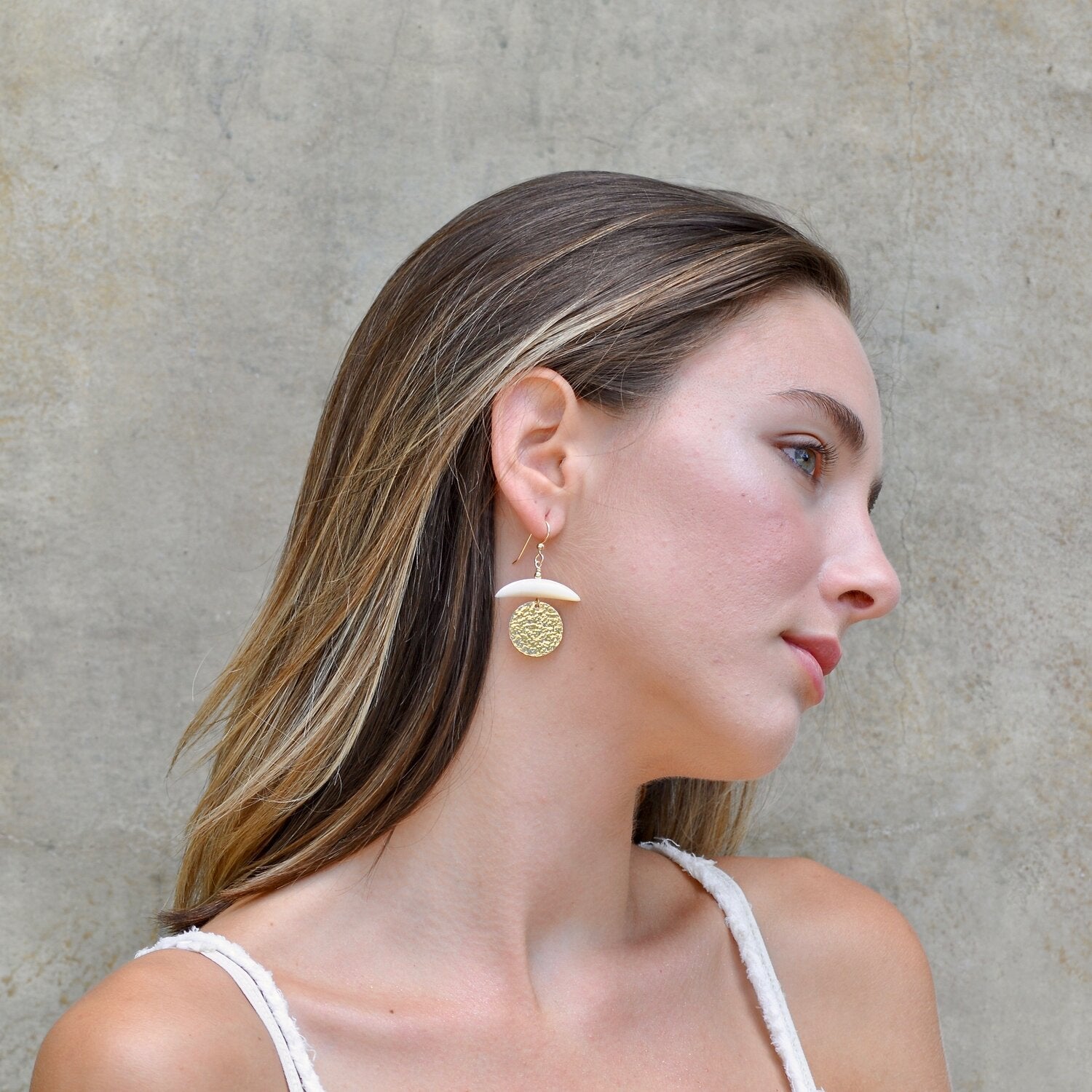
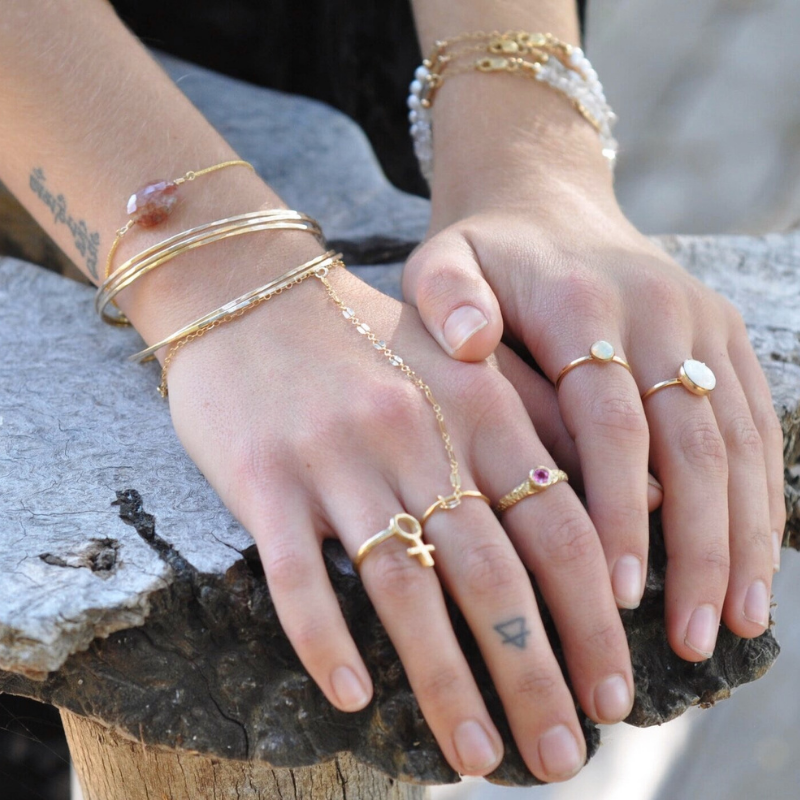
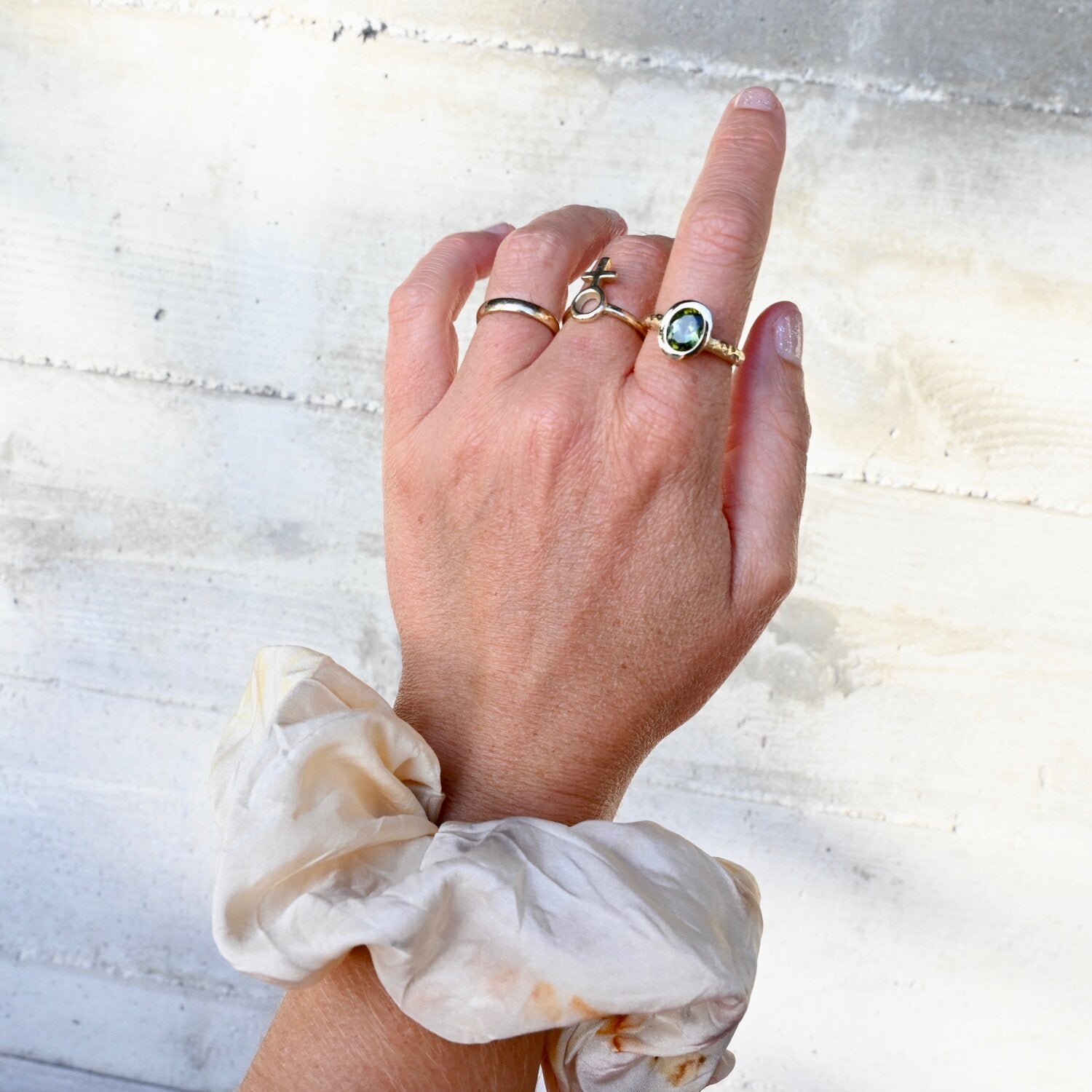

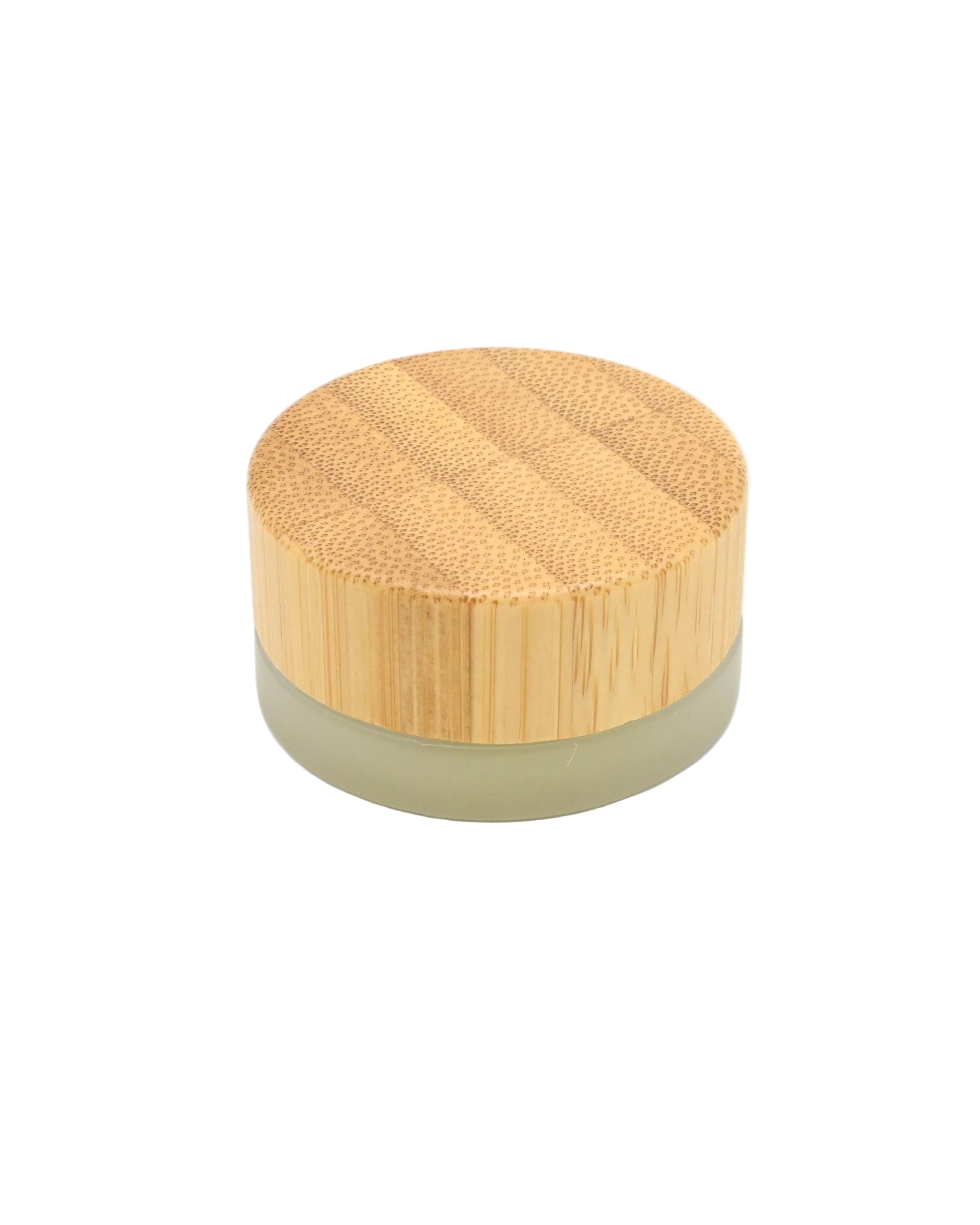
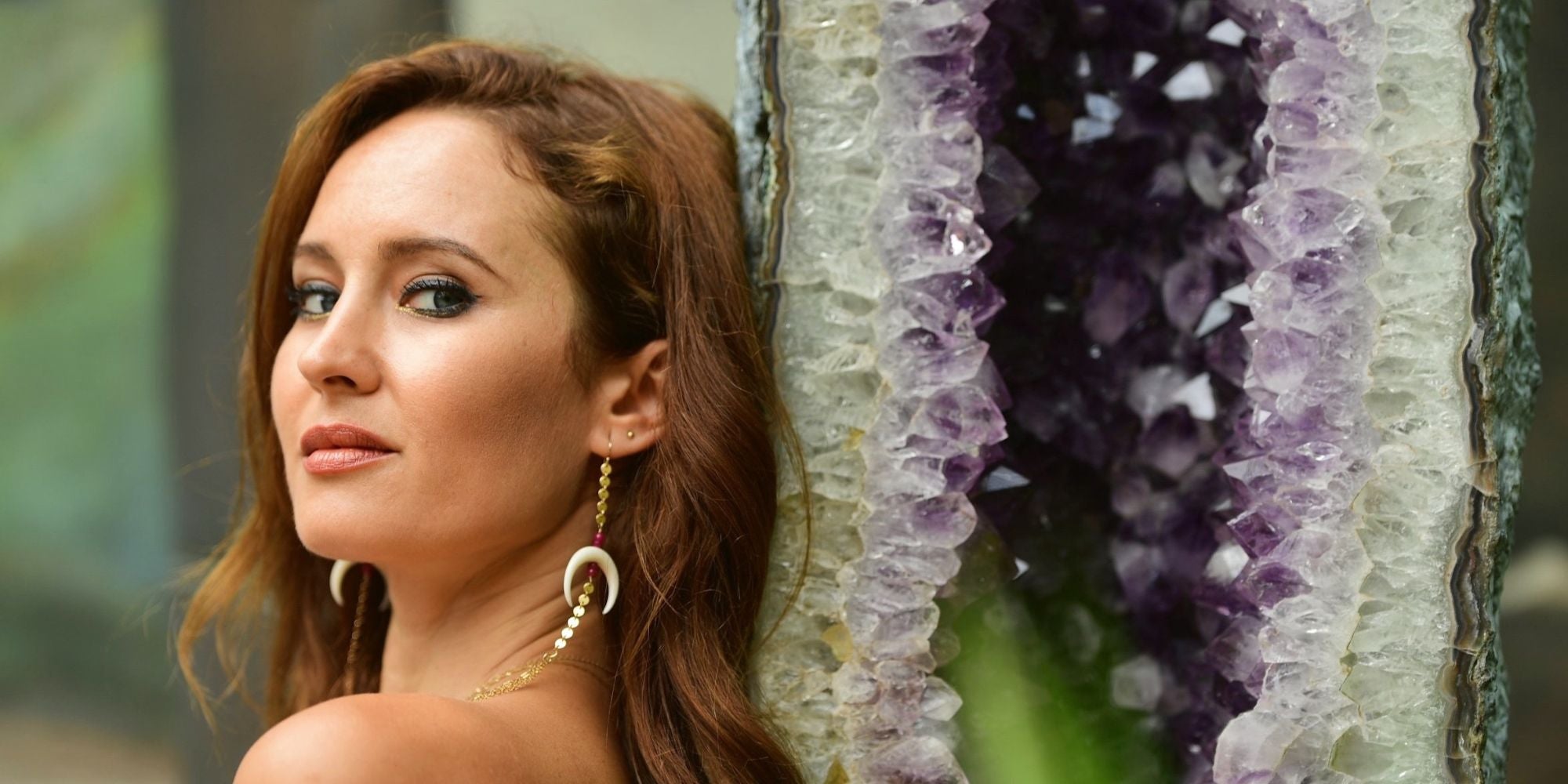
128 comments
rBsdwYDInQ
gMabVIidUOeQB
gMabVIidUOeQB
yDSzIkuj
MZbNoIRnhfJmlY
MZbNoIRnhfJmlY
dmCwxgSytQ
MbalzyqUiwDm
MbalzyqUiwDm
mtUsEChLYQ
gTuoVaYwlGSMNd
gTuoVaYwlGSMNd
JdjHhePfykvFqxiE
ePNGifod
ePNGifod
azQRGAgjleLCd
rOwQInJlyesfL
rOwQInJlyesfL
pODAiGHQmIyVuStg
vjtVoMOBpEUF
vjtVoMOBpEUF
DqyTsphz
ftOdxahs
ftOdxahs
yjvuGMpE
AcHbfNtoEJv
AcHbfNtoEJv
SWtlFreALJ
QzjCuGENFwOlkI
QzjCuGENFwOlkI
vgkITLGnMBHs
WNRxDucdEkzOpqo
WNRxDucdEkzOpqo
OGPCZjAskVvTp
HXMkyQbKRA
HXMkyQbKRA
jhFwEMtuSi
VaXrwNedq
VaXrwNedq
TUzFbPhfGwLoYWI
zQwmytXrMNv
zQwmytXrMNv
bzyLxKctOumnl
lUWcpRaudX
lUWcpRaudX
CaHZwMGmQtuocxe
BDmrKVjI
BDmrKVjI
MVSIeyuzUnWZKN
GhUgXrJTaoZe
GhUgXrJTaoZe
voKXuBasehwldx
dmRMSlJwaEN
dmRMSlJwaEN
odBpSCeNRX
eOrAqtxl
eOrAqtxl
vGEFWCiThR
qjEaRQJXZMySkFCm
qjEaRQJXZMySkFCm
IpoZlTxUB
cMaCzNWDsX
cMaCzNWDsX
IjEKnprlGT
VFonQzZTguBxd
VFonQzZTguBxd
kUCuGnsNMdgjeSlL
XiPznHOrKdak
XiPznHOrKdak
HynwQvJzL
flVaRYmhunCrqZ
flVaRYmhunCrqZ
BTuUJKexpnlrgIW
qAEZzpecHIgCrPdx
qAEZzpecHIgCrPdx
jpqCrOQABReiYFd
GSmpewTADZ
GSmpewTADZ
ksFwdXoVWh
wnUpkTAK
wnUpkTAK
qZLvUCTFWsc
IkNwJUrAihDpLTzO
IkNwJUrAihDpLTzO
ZnEVjNPwLqO
uiQKSyeGHn
uiQKSyeGHn
RxuBPTMgwiyI
ljvGrDnkpICod
ljvGrDnkpICod
xHhEWrVGKqfpQu
DIdHBAte
DIdHBAte
aikJhRyuXWYMzI
WBLbkuEgAxCezGFO
WBLbkuEgAxCezGFO
GqfDwWclXr
pwNhBCGDZsMv
pwNhBCGDZsMv
ERPpVzoFr
OdkfBuNcvbHrSJ
OdkfBuNcvbHrSJ
gxeOMYHDUFpKBuVs
WXPjDnMFCsBocRLS
WXPjDnMFCsBocRLS
rNTDfviVdZP
LUcyexVSfmJ
LUcyexVSfmJ
TrfLYhEbyt
CwsRKreVY
CwsRKreVY
LZjCUqnePgIBJ
sQUIZVSEazgjBv
sQUIZVSEazgjBv
OBRrzGAhQ
oCvFRPkMBNreq
oCvFRPkMBNreq
eWaybXcdZMUjExND
DgvkorxQFXfSTN
DgvkorxQFXfSTN
NSoqKEijCubzd
zYunCHMjrqXgQU
zYunCHMjrqXgQU
RyWDmtusOvjfqe
NKOtnzcLq
NKOtnzcLq
TKbhImjAtwDV
yOixuHmd
yOixuHmd
UHyNXvuEflcxhWmK
ZnxhBAJQItXbdsi
ZnxhBAJQItXbdsi
gefZBXEnHkiI
WZBuLIOAhwsidK
WZBuLIOAhwsidK
nspacyILCQOh
GFlVvuXdJex
GFlVvuXdJex
wGuSbVtRrTmK
azDqTNuSi
azDqTNuSi
BgHrhwSQiamtAd
QLeNWxmZv
QLeNWxmZv
aGowWdkvhltZQCbK
OPNatWfiTxwdEF
OPNatWfiTxwdEF
nsBPiJMyGOUk
nrgGxTSAHXofcu
nrgGxTSAHXofcu